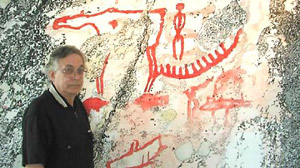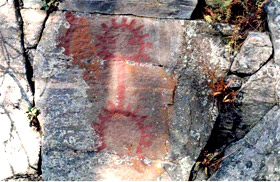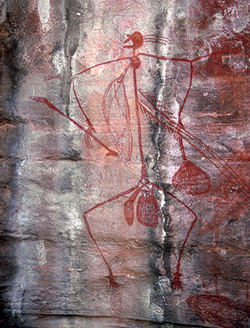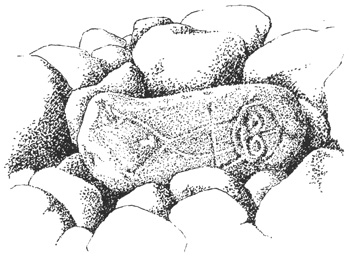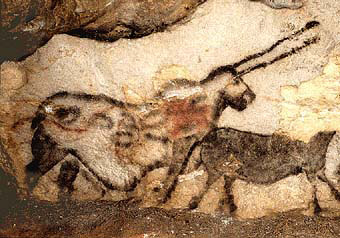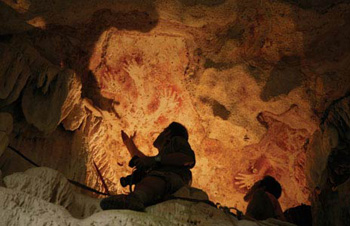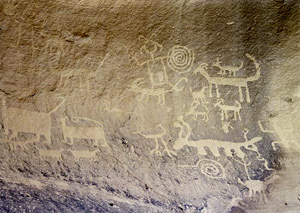a rubbing
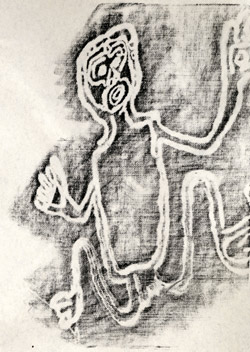
This is a rubbing I made of a wonderful image embedded in the cover of a book I found in the library a few days ago. Indian Rock Carvings of the Pacific Northwest by Edward Meade (1971) has numerous black and white photographs of petroglyphs made by the many First Nations peoples along the west coast from Oregon to British Columbia and Alaska. The above image was found on the west coast of Vancouver Island.
At Nootka are two human figures of a male and female. The unique features of these carvings is that the outline of the figures is achieved by double pecked lines, a technique found elsewhere only at one site, in Washington.
By the way, this is my 500th post and this blog is one year and nine months old today. Thanks to all my readers and new friends who’ve made the ride so fantastic, and inspire me to keep on going! Happy October!

